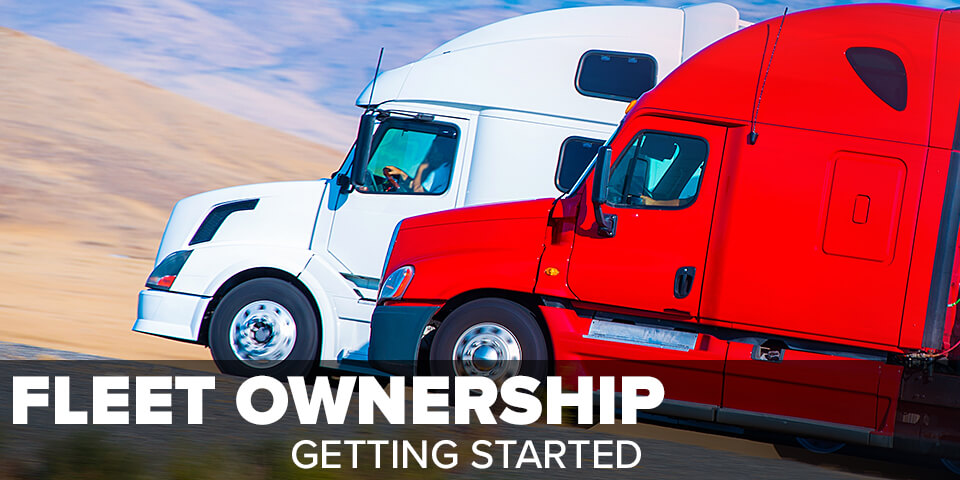In The News

Fleet Ownership: Getting Started
As fleet owners take on a more prominent role in expedited trucking, there’s been a growing interest among owner-operators and contract drivers to learn how they, too, can make the jump to fleet ownership.
And that interest was evident by a packed classroom at the 8 a.m. session that kicked off Expedite Expo 2018 in Lexington, Ky. on July 20.
The session titled “Fleet Ownership: Getting Started” featured fleet owners John Kelsh with Cyclone Expediting, Eric Escobar with Fudpucker Expedited, and Tom and Tina Evans with TNT Expedited.
Here are four key takeaways from the session.
#1. Become a student of the business.
One of the quickest ways to get the education you need to succeed as a fleet owner is to find good mentors.
At least that has been the experience for Eric Escobar, a 2018 Expediter of the Year finalist and owner of six sprinter-style vans leased to Premium Transportation Logistics (PTL). He credits much of his success to the first fleet owner he drove for, who mentored and taught him the business when he first came into the expedite industry.
#2. Find a carrier you can trust.
Your partner in building your fleet business is your carrier; so choose wisely.
But how do you decide what carrier will best fit you and your business?
It's not always a dollars and cents decision, says Tom Evans, who owns seven trucks leased to Load One with his wife, Tina.
“Pay is pretty much the same [across the carriers],” says Tom. “You need to find a carrier you can trust to build your business with.”
How do you know it’s a company you can trust?
You can talk with other fleet owners to get their experience. But often it comes down to your “gut feel,” says John Kelsh who owns four straight trucks leased with FedEx Custom Critical.
#3. Grow fast and smart.
Conventional wisdom for a lot of businesses is to grow smart—and often that means to grow conservatively, not overextending yourself too quickly. And while you don't ever want to take on too much risk, being too conservative as a fleet owner can put your business in a danger zone, says Tom Evans.
Think about it. If you own a fleet of two vehicles and one is down, you have half of your fleet not generating revenue for you. When you have three vehicles, and one sits, that number is 33-percent—which is still a big deal, but not as bad. But if you have 10 trucks and one goes down, that's only 10-percent of your fleet, which is easier to absorb.
The idea in fleet ownership is to expand as quickly as possible to make the numbers work in your favor.
#4. Understand that driver recruiting is more of an art than a science.
“Drivers are going to make you. And drivers are going to break you,” says Escobar.
So, what do you look for?
Escobar recommends finding drivers who think like business owners.
“Even when you’re a contract driver, you’re a business person,” says Escobar. “That’s also what you should look for in a driver—that business mentality.”
Tom and Tina Evans say that they like it when prospective drivers ask good questions that go deeper than the typical pay inquiries.
“Questions like, ‘Will you be paying our orientation?’ Or, ‘Do you offer an advance?’ These are red flags,” says Tom.
The reason why these questions are red flags is that they signal that the prospective driver may not have realistic expectations of the expedite business. If you're merely looking for a job with a quick paycheck, then being a contract driver for a fleet owner may not be the best fit for you.
As Escobar put it earlier in the conversation, successful drivers in expediting think like business owners. They make sure that they put themselves in a financial position where they have the means to invest in their own orientation and the education.
The bottom line from all the panelists: When it comes to hiring drivers, you do your best to vet them. But you’ll never really know if they’re going to be a good fit until you try them.
